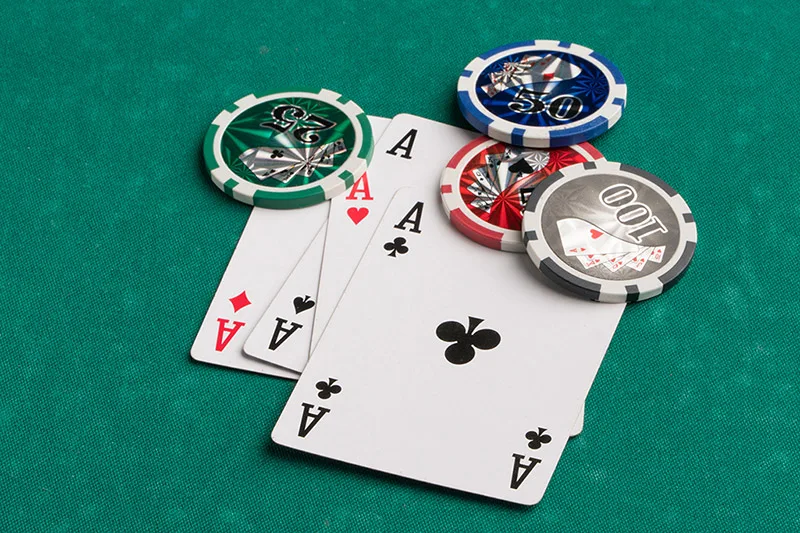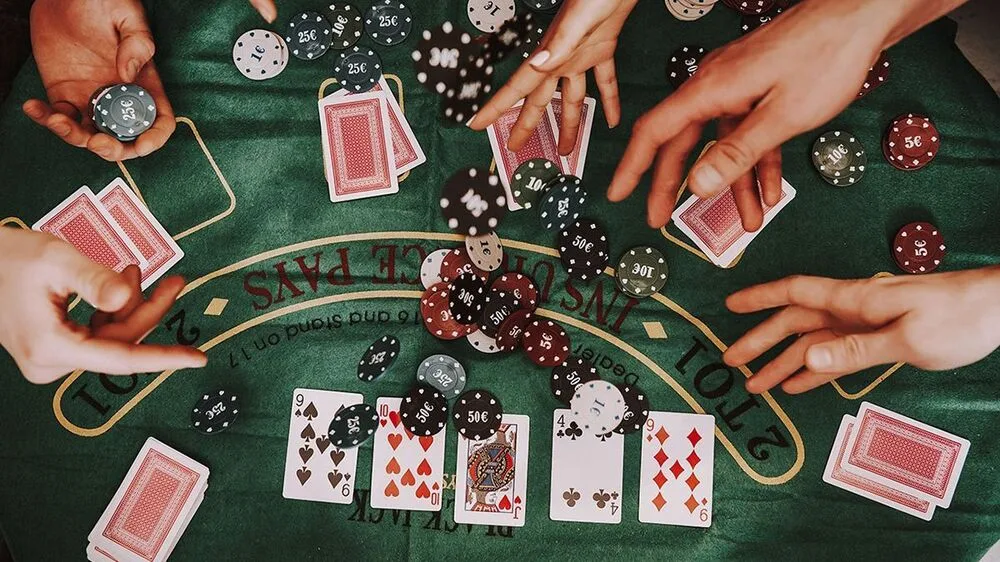
Navigating the Nuances: Playing Middle Pairs in Poker
Middle pairs in poker, often seen as a double-edged sword, can be a source of significant profit or a quick route to dwindling stacks, depending on how they’re played. This strategic guide aims to illuminate the path to mastering middle pairs, ensuring that players can leverage these hands for maximum advantage. Whether you’re enjoying a casual game online at Goldenpark online casino or sitting across from seasoned players at a live table, understanding how to navigate middle pairs is crucial.
Middle pairs, typically ranging from 7s to 10s, occupy a tricky space in the poker hand spectrum. They hold potential strength but are vulnerable to higher pairs and drawing hands. The key to success with middle pairs lies in strategic play, keen observation, and an adaptive approach based on the evolving dynamics of the game.
Understanding Middle Pairs
Middle pairs straddle the line between strength and weakness. In the vast array of hands dealt in poker, especially in the diverse game offerings at platforms like GoldenPark casino, middle pairs frequently emerge. Recognizing their inherent value relative to the board texture, opponent actions, and your table image is the first step in harnessing their power.
Pre-Flop Strategy with Middle Pairs
Pre-flop, the position is paramount. From early positions, caution is advised; a raise can define the strength of your hand but also paints a target on your back. In late positions, you have more flexibility to raise, exploiting your positional advantage. The size of your stack, the game’s format, and the tendencies of your opponents all play into how you should approach middle pairs before the flop.
Post-Flop Play with Middle Pairs
Navigating the post-flop landscape with middle pairs requires a nuanced approach:
- On a dry flop: If the flop is uncoordinated, continuation betting can help you take down the pot early.
- Facing aggression: If an opponent shows strength, assess whether they’re likely playing a higher pair or bluffing. Your reading of the table dynamics becomes critical here.
- On a draw-heavy board: Caution is warranted. Middle pairs lose their luster on flops that favor straights or flush draws.

Reading Opponents
Successful poker players are not just playing their cards; they’re playing the player. Observing betting patterns, picking up on physical tells (in live games), and making educated guesses about opponents’ hand ranges are all crucial in deciding how to play your middle pairs.
Advanced Concepts
Incorporating advanced concepts like pot odds, implied odds, and expected value can elevate your middle pair play. Understanding these principles helps in making more informed decisions, whether it’s calling a bet on the flop or pushing all-in on the river.
Common Mistakes to Avoid
- Overvaluing your hand: Middle pairs are often not strong enough to commit a large portion of your stack.
- Playing too passively: Failing to protect your hand post-flop can allow opponents to outdraw you cheaply.
- Ignoring table dynamics: Not adjusting your play based on the current table conditions and opponent strategies is a surefire way to diminish your profits.
Conclusion
Middle pairs, while challenging, offer a rich vein of strategic play in poker. By understanding their place within the broader context of a hand, employing a robust pre-flop strategy, and navigating the post-flop action with precision, players can turn these seemingly modest hands into powerful tools in their poker arsenal. Remember, poker is a game of incomplete information; the more adept you become at piecing together the puzzle with each hand you play, the closer you get to mastering the art of poker, one middle pair at a time.



